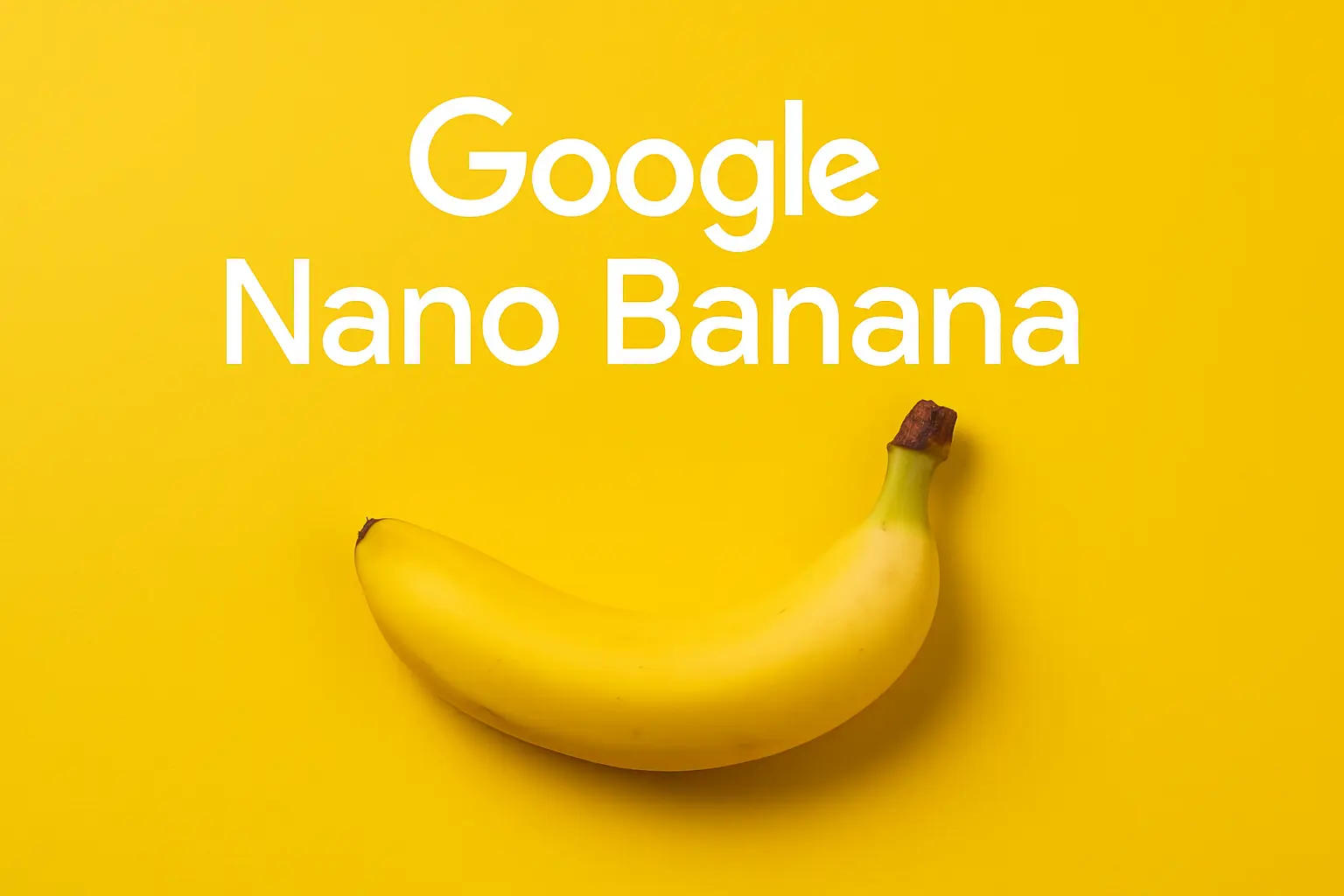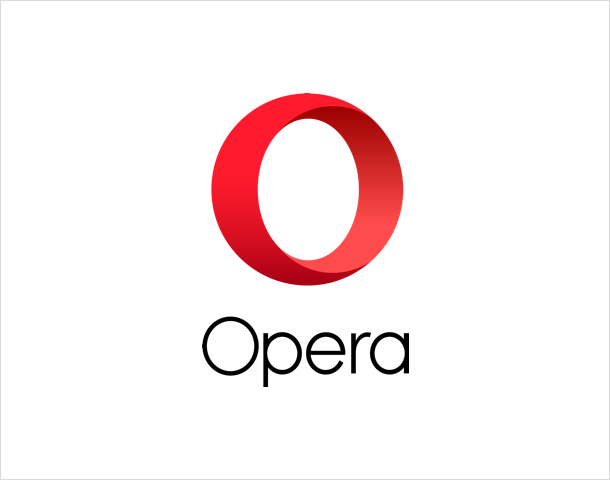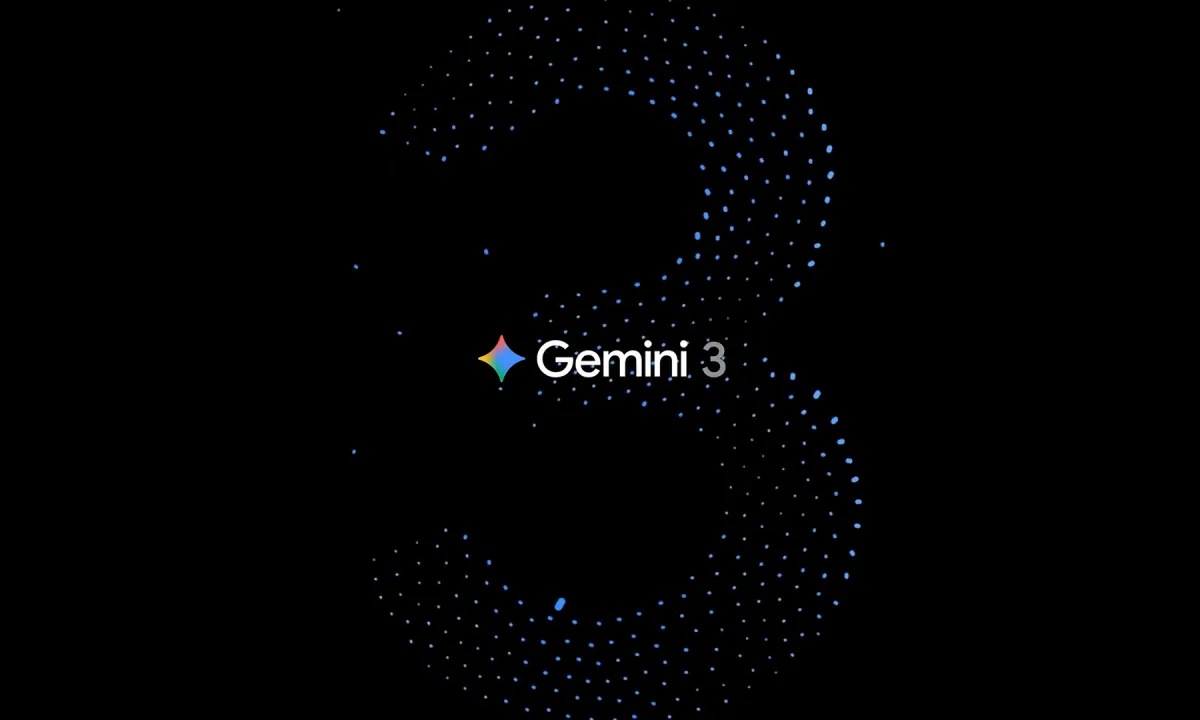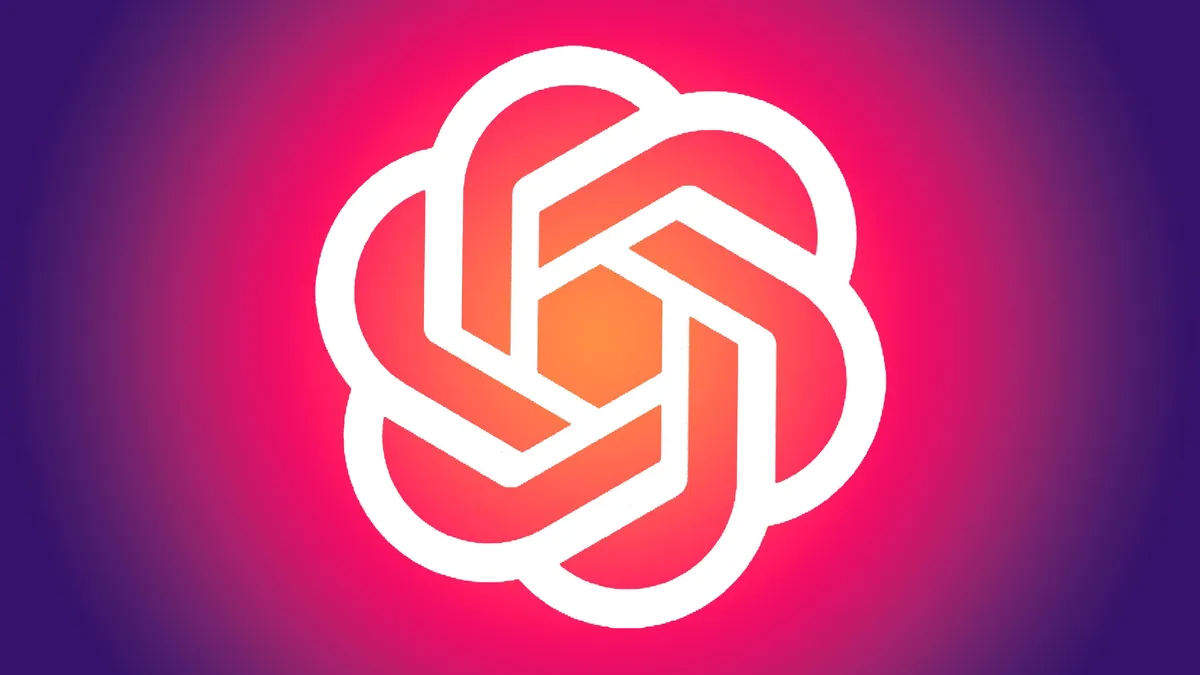Google’s latest AI image engine, Nano Banana, is quickly becoming a core part of the company’s ecosystem. Once an experimental tool within Gemini, Nano Banana is now being integrated into a growing range of Google products—including Search, Lens, Photos, and the company’s AI research assistant, NotebookLM. The expansion signals Google’s intent to make image generation and editing a native experience across its consumer platforms, not just a standalone feature for power users.
In NotebookLM, Nano Banana allows users to generate visuals in six distinct styles, from Watercolor to Anime and Retro Print, bringing more creative flexibility to AI-generated summaries and study materials. It also powers a new Video Overviews feature that turns written notes into narrated video summaries, complete with automatically generated imagery. The addition represents a clear push toward multimodal AI—where text, visuals, and audio interact seamlessly within Google’s productivity tools.
Meanwhile, Search and Google Lens are adopting a “Create” mode that lets users take or upload a photo and instantly edit it using Nano Banana. This will allow quick alterations such as changing backgrounds, adjusting colors, or restyling an image without switching to external editing software. Google confirmed that similar features will appear in Google Photos soon, letting users make fast AI-based edits or enhancements directly within their photo library.
Technically, Nano Banana runs on the Gemini 2.5 Flash Image model, optimized for speed and contextual precision. It’s capable of altering visual details—like clothing, backgrounds, or lighting—while maintaining subject consistency, a challenge that has often limited other image-generation systems. The tool can also merge multiple photos, enhance older or low-resolution images, and produce custom illustrations from text prompts. Each output is labeled with visible and invisible watermarks through Google’s SynthID system to ensure transparency around AI-generated content.
What began as an internal experiment with a playful codename has evolved into one of Google’s most successful AI rollouts. The company says Nano Banana has already drawn over 10 million new users to Gemini in 2025, largely because of its mix of creative control and accessibility. The rollout reflects Google’s broader strategy: to embed AI creation tools directly into everyday applications rather than confining them to experimental platforms.
As Nano Banana spreads across Google’s ecosystem, it’s becoming clear that the company sees generative image tools not as a novelty but as an expected utility—one that will likely reshape how millions of users visualize ideas, edit photos, and produce content within familiar Google apps.






